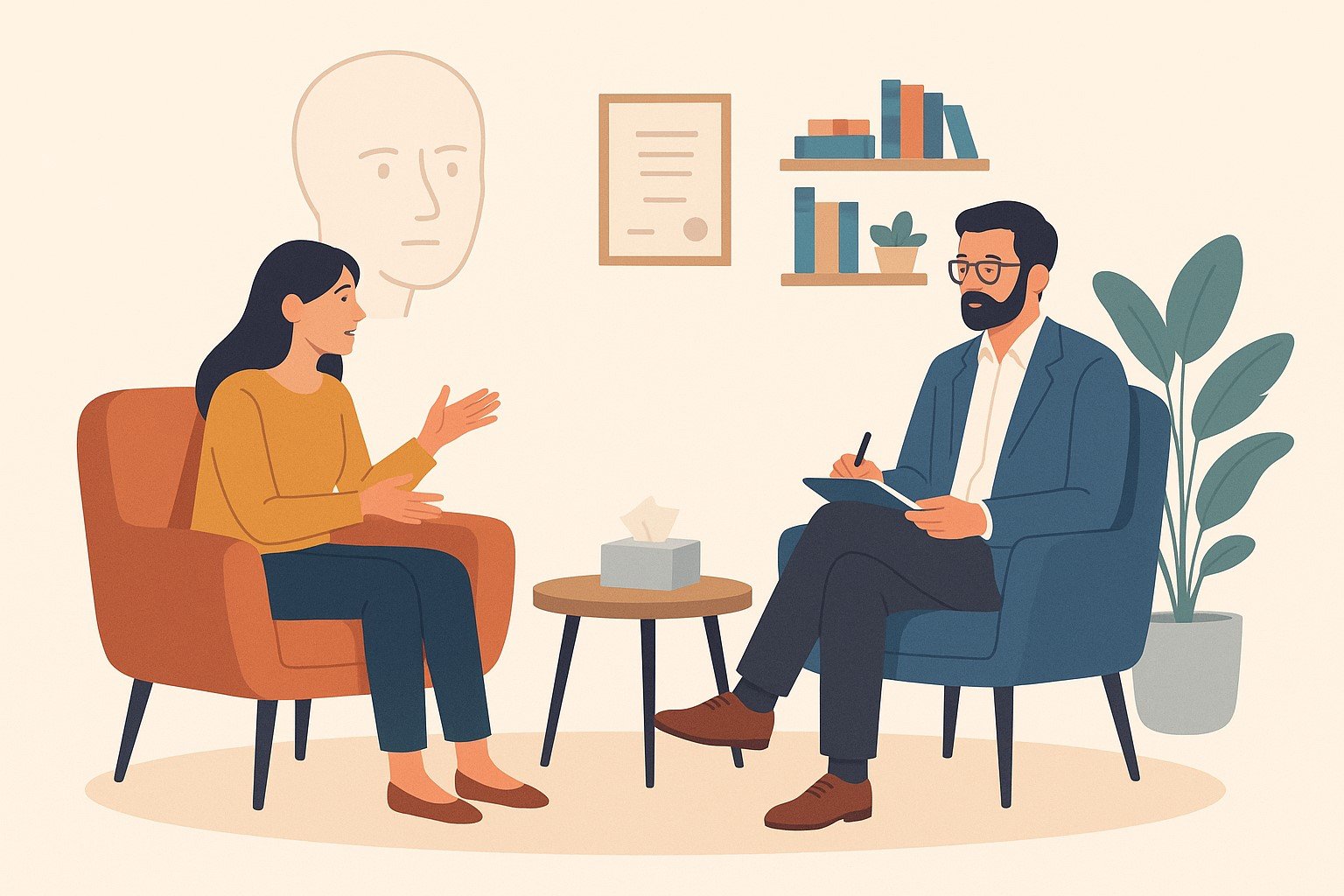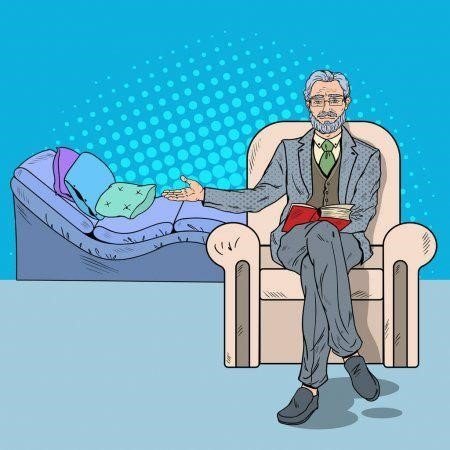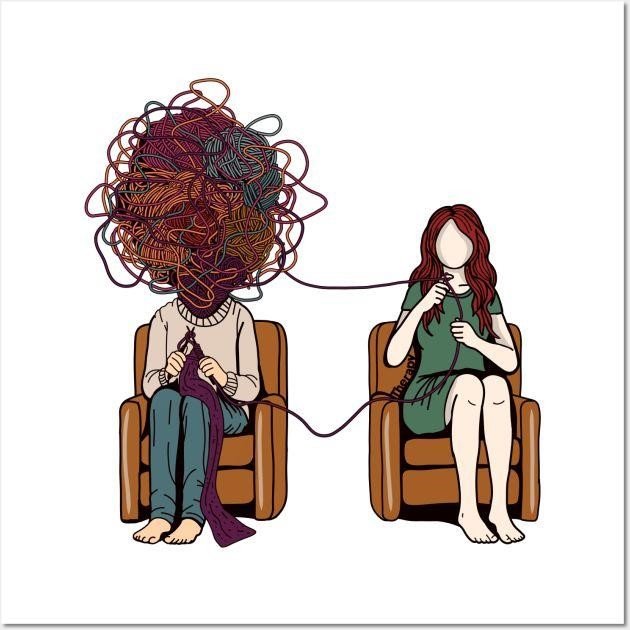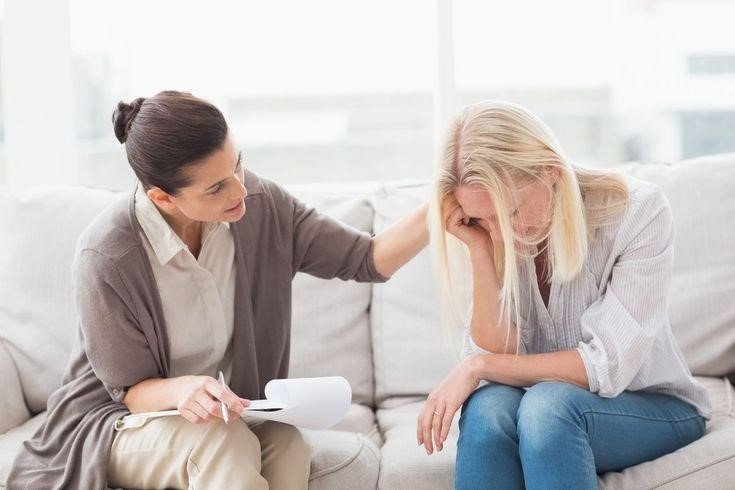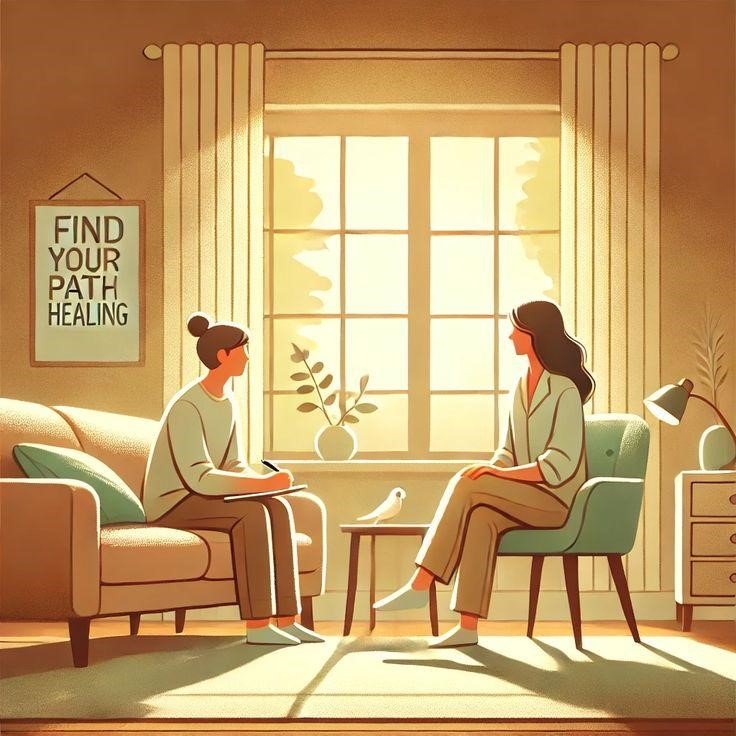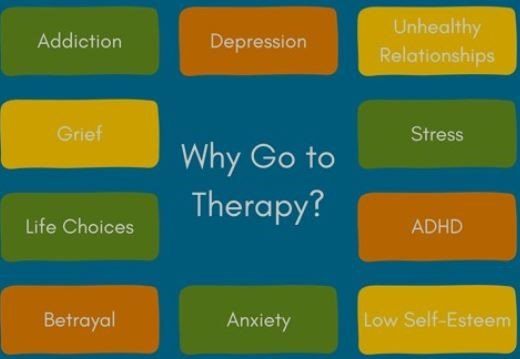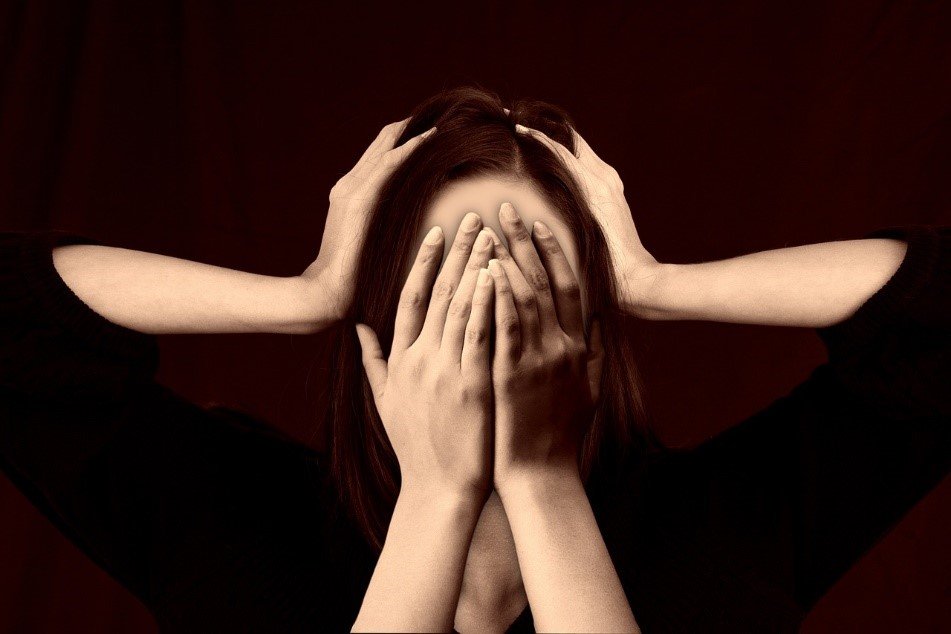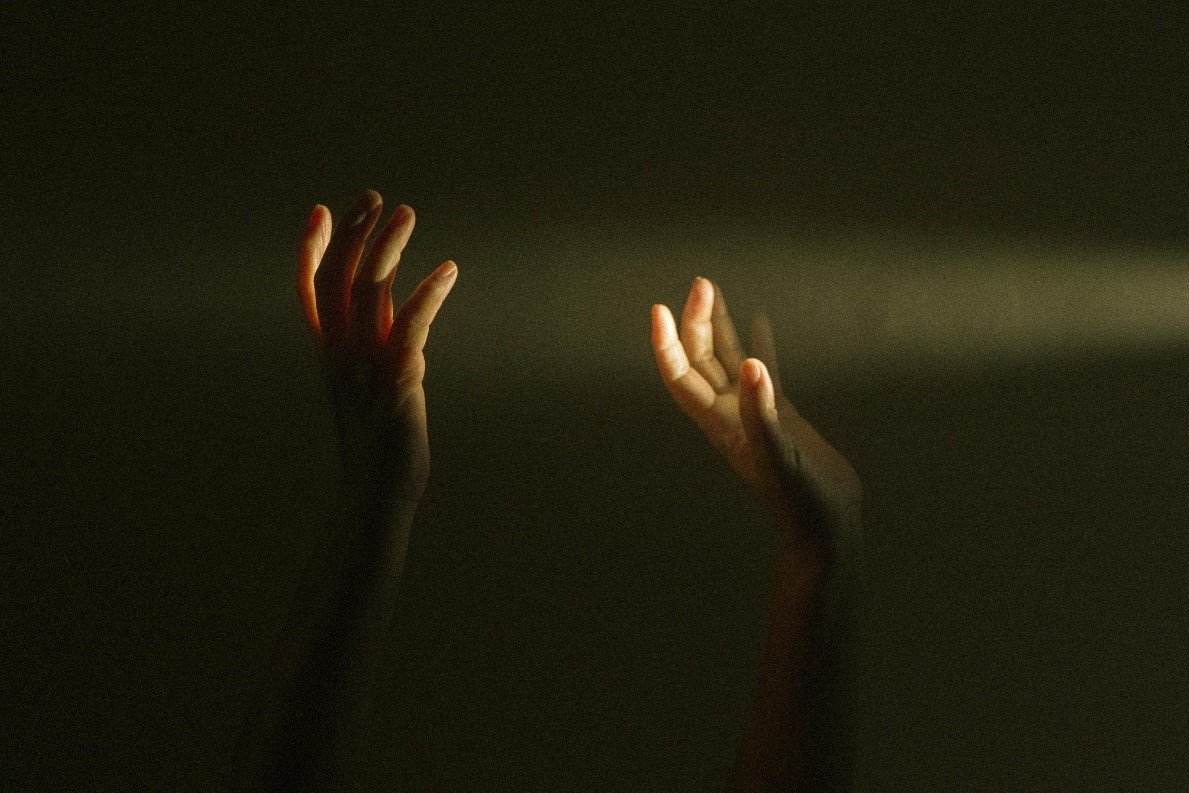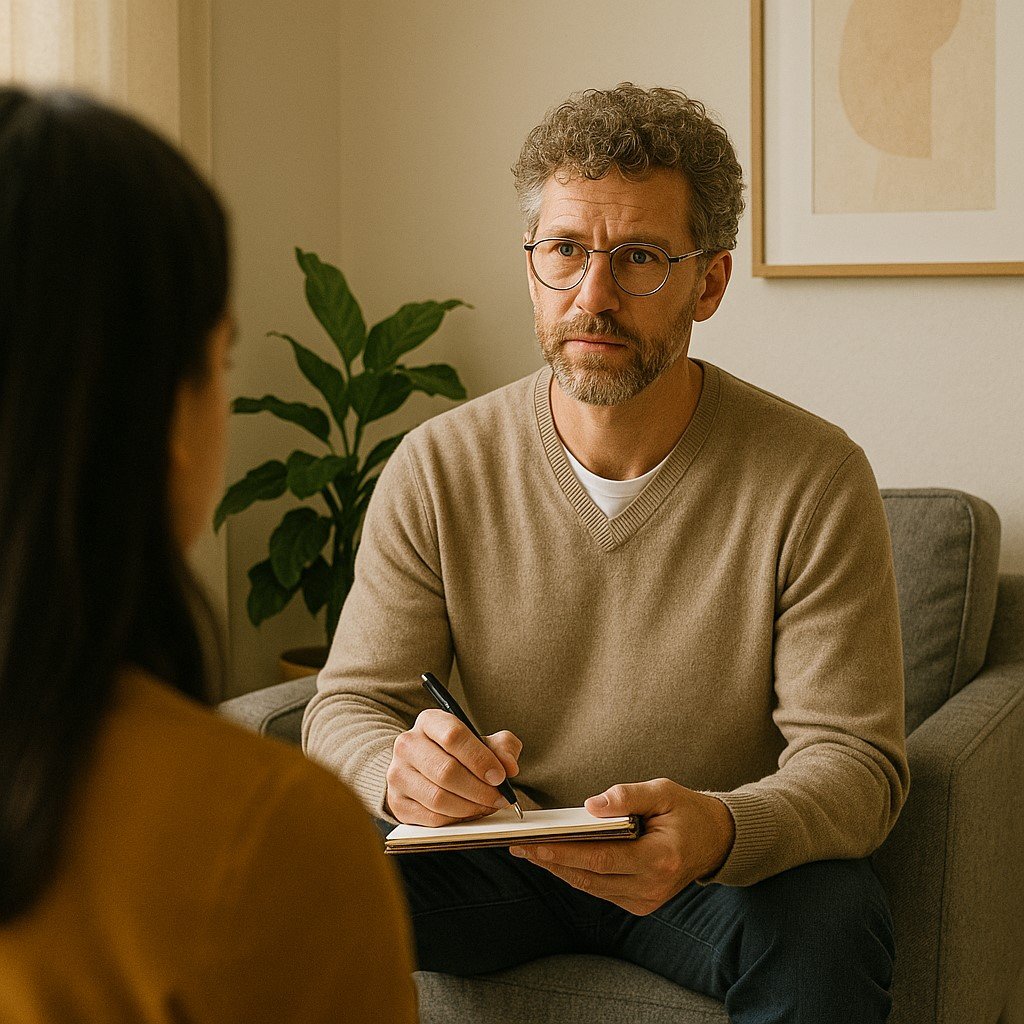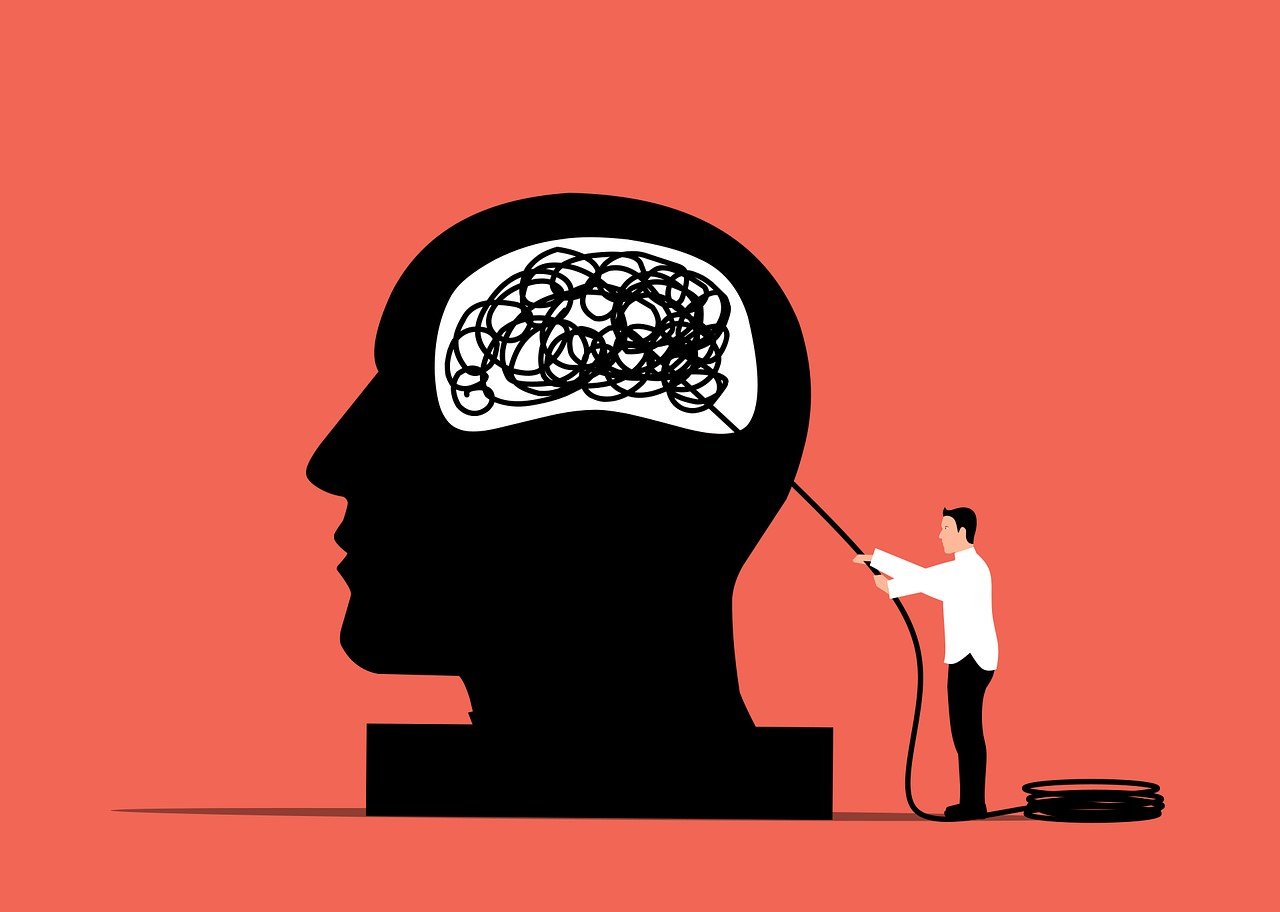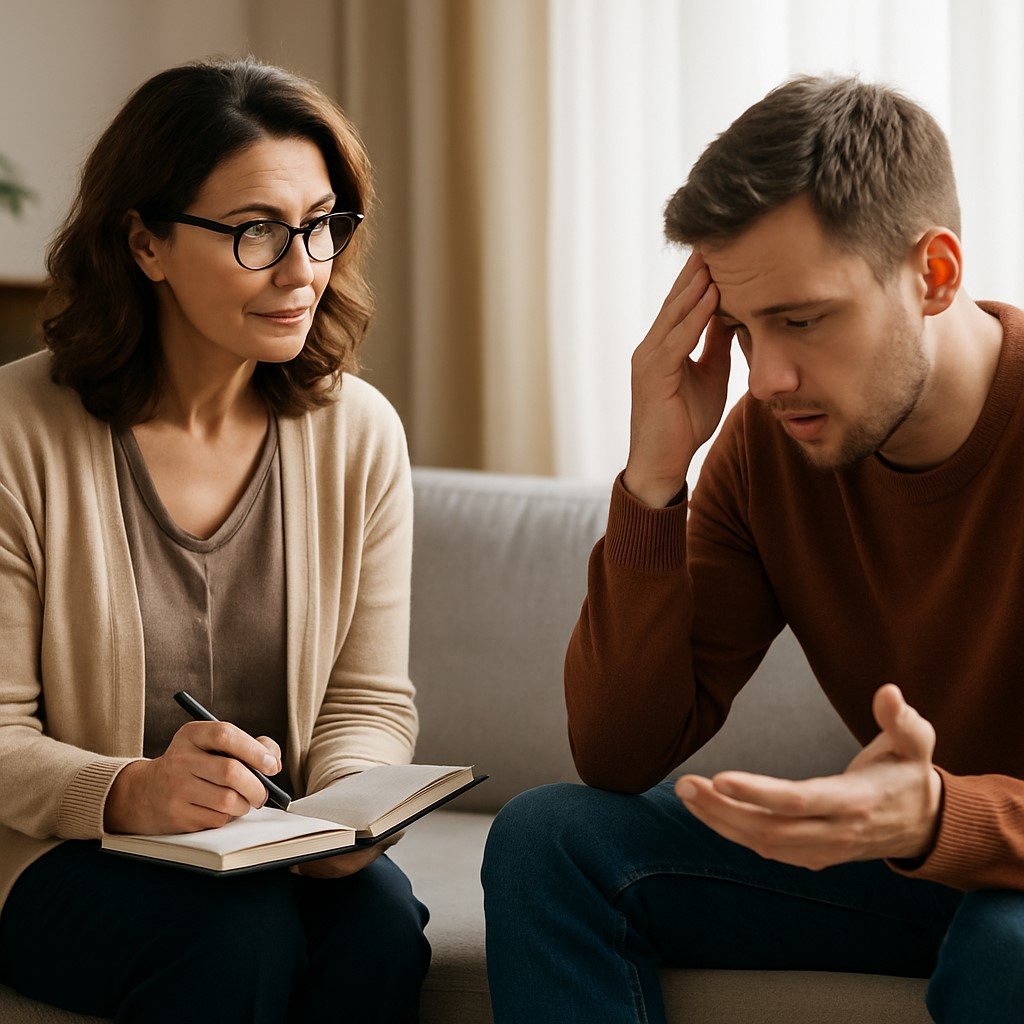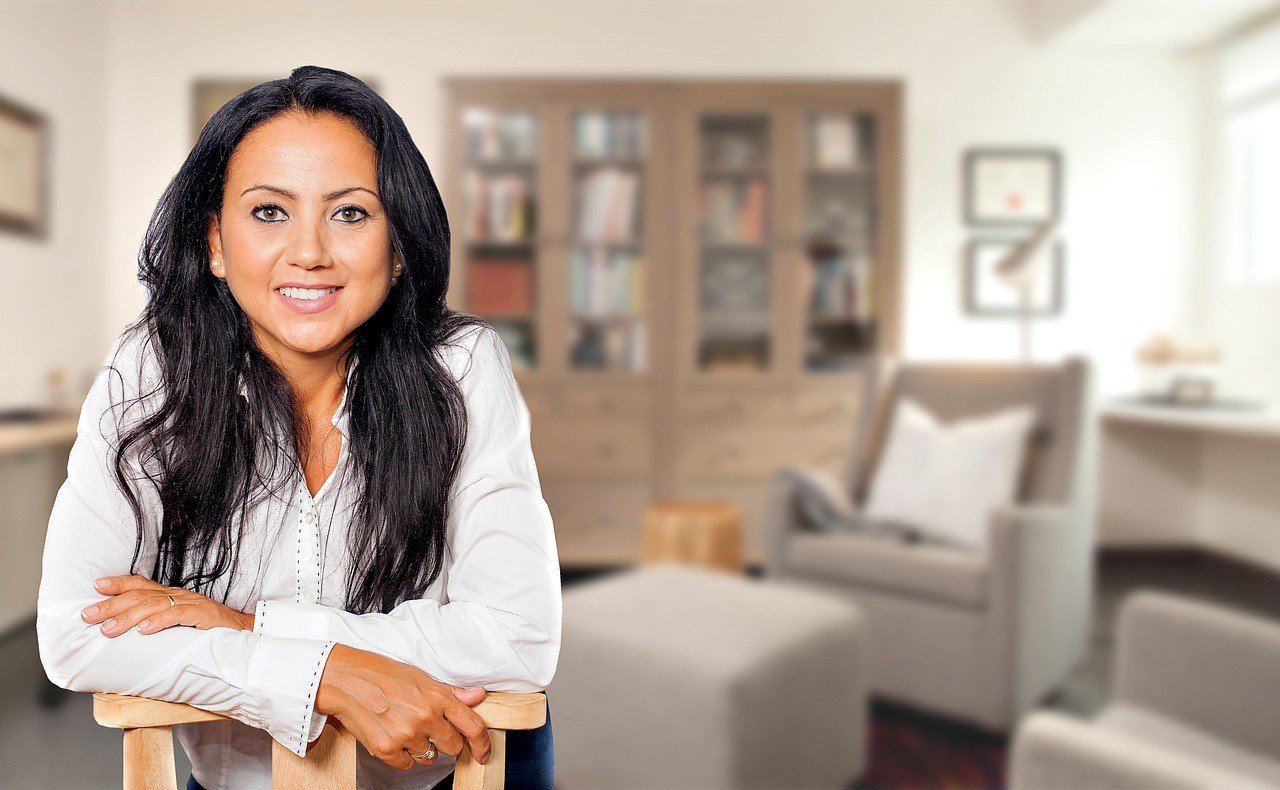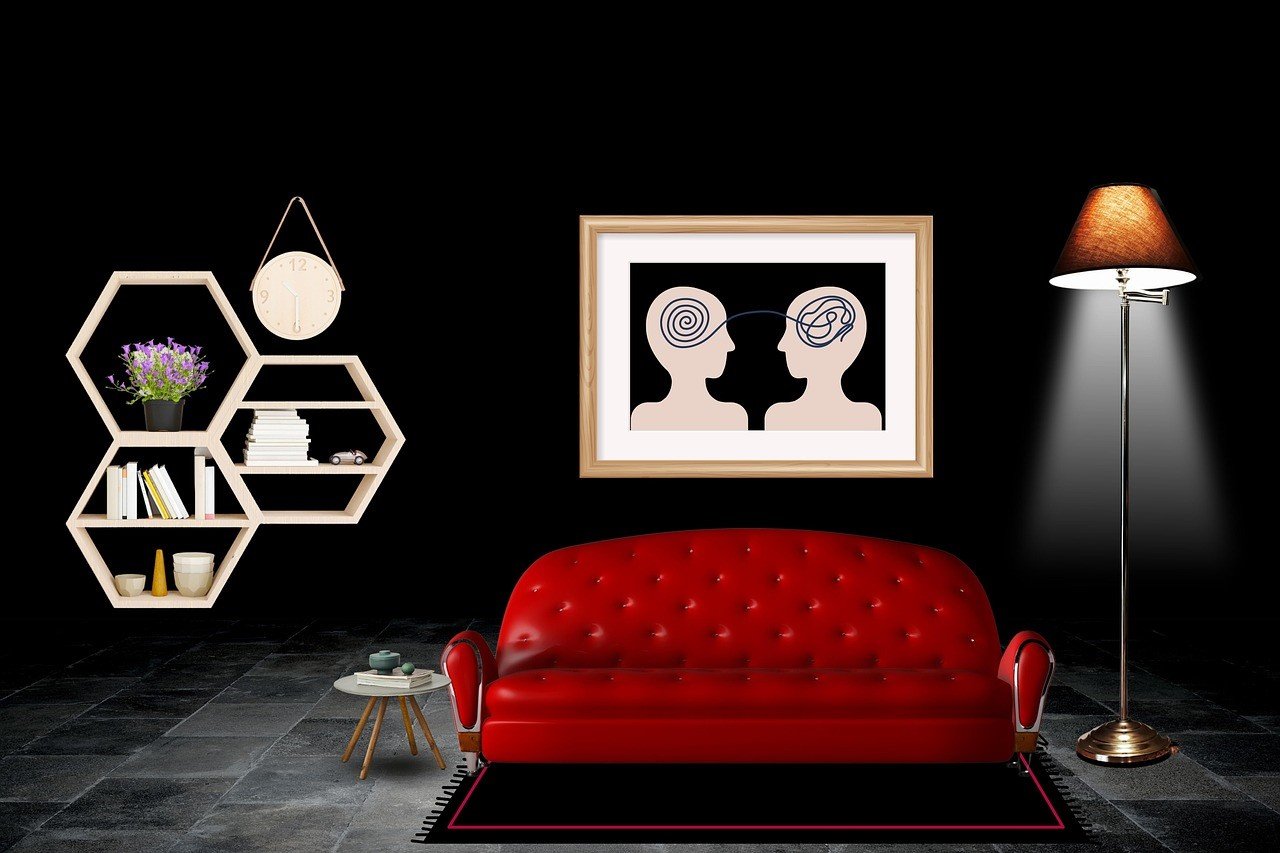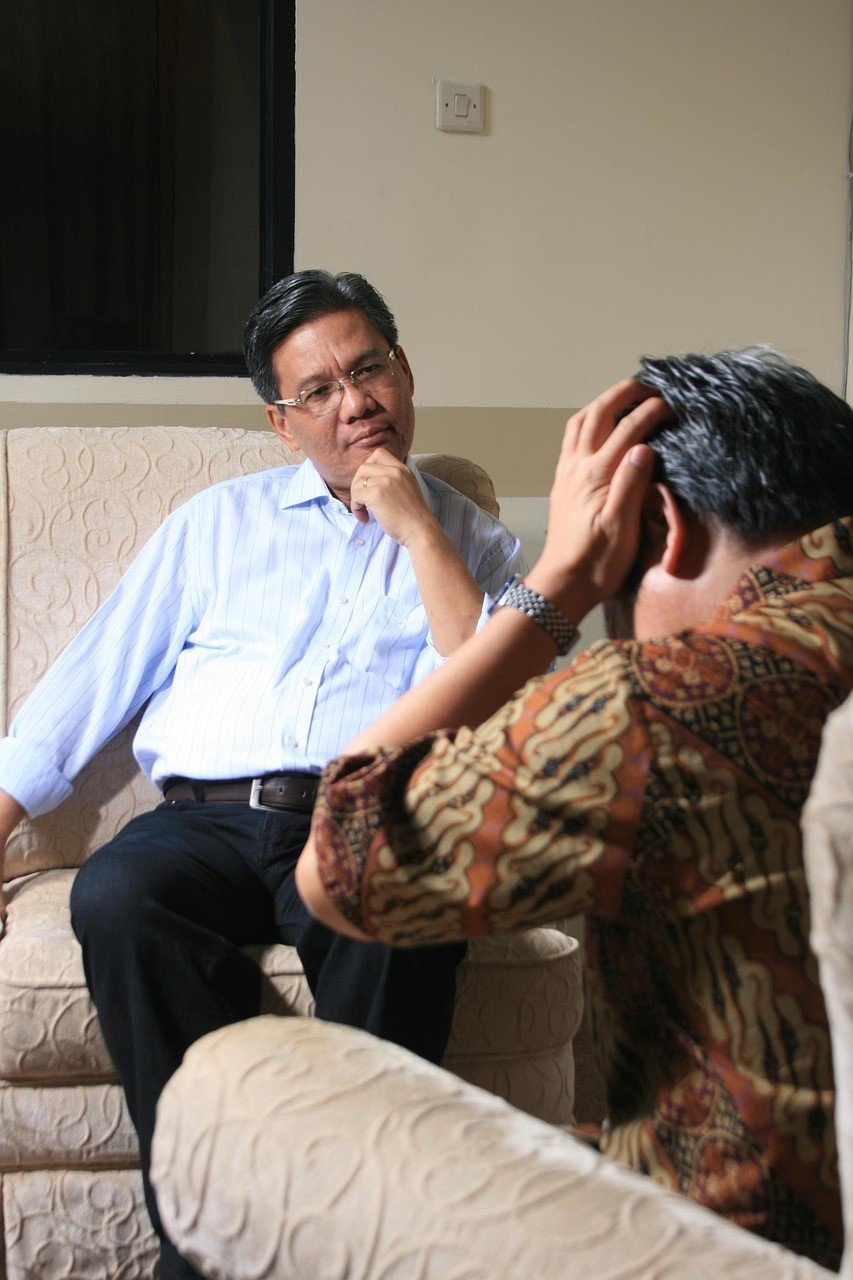Is a psychotherapist the same thing as a psychologist?
Is a psychotherapist the same thing as a psychologist?
Have you ever wondered if a psychotherapist is the same as a psychologist? Maybe you’ve seen both terms tossed around in articles, social media posts, or even when booking an online therapy session, and honestly, it can be confusing. (I know, I get asked this question almost every week by clients.) The reality is that even though both professionals provide assistance to clients as they deal with a mental health problem, they are not identical and even knowing the difference could genuinely help you during your therapeutic journey.
In this piece, I will address the psychotherapist vs psychologist debate, and try to clear up the distinctions between psychotherapists and psychologists. I will show you how to best select a psychological professional for your individual needs – particularly if you are looking for services in California or any other US location.
By the time you have finished reading this article, you will understand whether a psychotherapist is a psychologist or not, and negotiate your way through this sometimes overwhelming mental health world, avail of your time efficiently, save your money, and hopefully find the help you genuinely need.
Why the Distinction Between a Psychotherapist and a Psychologist Matters
One of the biggest challenges in mental health care today is public confusion. Many people don’t realize that psychotherapists and psychologists are trained differently, which can lead to choosing the wrong professional for their needs. (Honestly, I’ve seen clients start therapy with one professional and later realize they actually needed the other, frustrating and costly!)
- Public Confusion among Patients – and the General Public
The terms “psychotherapist” and “psychologist” are commonly used interchangeably, particularly online. The emergence of teletherapy in 2025 means that verifying credentials is getting even harder. Patients may unknowingly receive services from someone who doesn’t know what they are doing. For example, someone who is looking for a formal ADHD diagnosis may see a psychotherapist, who cannot legally give them that diagnosis, which may change their plans for treatment.
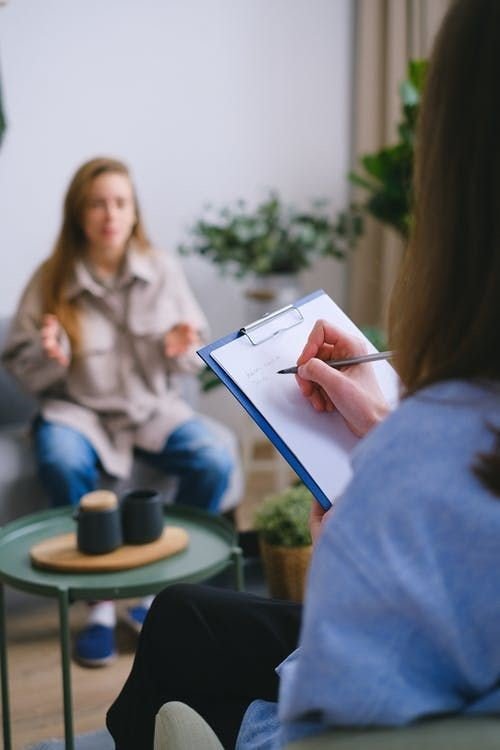
- Educational and licensing differences
- Psychologists typically have a doctoral degree (PhD or PsyD) and have undergone 8–12 years of training in research, assessment, and therapy. They are licensed to conduct psychological testing and provide a diagnosis of mental health disorders.
- Psychotherapists can come from a variety of backgrounds: counseling, social work, or psychology, and generally have a master’s degree or certification from a specific program, neither of which may qualify them for a formal diagnosis, while others are regulated and may not practice in certain areas.
This difference in training and licensure is important to understand before booking your first appointment.
- Professional Limitations and Role Overlap
All psychologists do psychotherapy, but not all psychotherapists are trained to provide psychological assessments. Again, this is confusing to the consumer as many mental health consumers may be seeking psychotherapy for specific issues such as depression, anxiety, or ADHD, and it is incumbent upon the consumer to know what services each professional can legally and ethically provide.
- Legal and Regulatory Challenges Across Regions
- Professional Limitations and Role Confusion All psychologists do psychotherapy, but not all psychotherapists are trained to provide psychological assessments. Again, this is confusing to the consumer as many mental health consumers may be seeking psychotherapy for specific issues such as depression, anxiety, or ADHD, and it is incumbent upon the consumer to know what services each professional can legally and ethically provide.
- Access to Services and Cost Differences
Because of their extensive training, psychologists usually charge higher fees. Psychotherapists may be more affordable and accessible, especially in rural areas. However, choosing a professional based solely on cost may compromise treatment quality if the specific expertise required is only provided by a psychologist.
- Challenges of Online Therapy in 2025
Online platforms such as Talkspace or BetterHelp have made accessing therapy through the convenience of technology easier; however, doing so introduces risks since it is more difficult to know what credentials each professional has when services are offered online. Many psychotherapists offer online therapy as they develop their teletherapist practice with only minimal oversight while psychologists must comply with stricter regulatory guidelines. Thus, it is increasingly important to educate the public.
- Cultural and Social Influences
In some cultures, seeking professional mental health help carries stigma. People may opt for unlicensed or informal practitioners instead of licensed psychologists, further complicating public understanding and trust in mental health services.
Real Client Examples: Understanding the Difference in Practice
Now, let me share a few anonymized client’s details (names and identifying details have been changed of course) to show you why understanding the difference in practice between a psychotherapist and a psychologist matters in the real world.
1: Sarah – Looking for a Formal Evaluation
Sarah is a 28-year-old software engineer from Los Angeles. She contacted me because she felt anxious, scattered, and overwhelmed at work. Sarah initially made appointments with a psychotherapist because she wanted someone to talk to. After a few weeks, it was revealed to her that she most likely needed an ADHD formal evaluation from someone more qualified. Sarah switched to talking to a licensed psychologist instead of a psychotherapist, who conducted testing and assessment, and then presented her with a structured plan for treatment with both therapy and executive function techniques. Take away: Had Sarah been more informed about the scope of practice for each she could have spared herself time, money, and stress.

Let me share some anonymized stories from my clients (names and identifying details changed, of course) to illustrate why understanding the difference between a psychotherapist and a psychologist matters in real life.
2: Mike – Therapy Without Diagnosis
Mike, a 35-year-old elementary school teacher in San Diego, was experiencing stress and burnout. He didn’t need a diagnosis nor did he want to get a diagnosis, but rather needed someone with the training to provide therapy, coping strategies, and emotional support. A psychotherapist met his need perfectly. Over the course of 12 sessions, he was able to learn mindfulness techniques, implement daily routines, and, work on improving his work/life balance.
Takeaway: Not every client requires a psychologist. Sometimes a skilled psychotherapist is just what the client needs.
3: Priya – Confusion from Online Platforms
Priya, a college student in Northern California, tried an online therapy platform. She assumed all licensed professionals there were interchangeable. Unfortunately, the first professional she met was a counselor without licensure for assessments, which caused delays in getting proper guidance for her anxiety and depression. Once she understood the difference and consulted a licensed psychologist, she received a structured treatment plan and measurable progress tracking.
Takeaway: Especially in online therapy, understanding credentials matters more than ever.
Practical Therapy Solutions: Step-by-Step Guidance
Knowing there’s a difference between a psychotherapist and a psychologist is one thing, but how can a person use this knowledge to make the best choice? Here is a step-by-step approach that I share with my clients (and readers) to help them make more informed decisions and get the help they need.
1: Identify Your Needs
Begin with asking yourself:
- Do I need an official psychological diagnosis? (e.g., ADHD, depression, anxiety disorder)
- Am I mainly needing talk therapy, or coping strategies for the stressors in my life?
- Am I looking for online sessions or in-person support?
If your answer involves diagnosis, testing, or complex treatment planning, a licensed psychologist is the right choice. If you mostly need guidance, emotional support, or life coaching strategies, a psychotherapist may suffice.
(Funny thing, I’ve had clients who came asking for ADHD testing, thinking any psychotherapist could do it. Actually, scratch that… only a psychologist can perform the assessment.)
2: Verify Credentials and Licensing
- Psychologists: Look for a PhD or PsyD in Psychology, and state license. You can verify credentials through the California Board of Psychology.
- Psychotherapists: May have masters (MA) degrees or specialized certification. Check for licensure or recognized training programs for safety.
Tip: Ask the professional where their scope of practice ends and what they are able to offer. Can they provide you with a formal diagnosis or can they only provide you with therapy?
3: Think About Cost and Access
Psychologists typically charge more because they have undergone more training. In general, psychotherapists will charge less, and may provide more flexible schedules. In rural or underserved areas, there may be more availability of a psychotherapist, but be careful that your needs do not require a psychologist.
4: Clarify Goals and Expected Outcomes
Before starting sessions:
- Define your therapy goals (reduce anxiety, improve focus, manage stress).
- Discuss with the professional how progress will be measured.
- Decide together if you need referrals or additional assessments from a psychologist.
(I remember a client in San Francisco who wanted general support, but after one session realized she also needed testing. Because we clarified goals early, she got referred promptly.)
5: Use a Trial Period
Start with a few sessions to see if the professional’s approach aligns with your style and needs. You can always switch if the scope of practice or methodology doesn’t match your goals.
6: Use Online Resources Efficiently
If choosing an online option, verify:
- Licensure
- Professional reviews
- Scope of practice
Don’t assume every online professional can provide a diagnosis or therapy, or interventions outside of their qualifications.
7: Use Both if You Have To
In some cases, it makes sense for a client to use both a psychologist and a psychotherapist. For example:
- A psychologist provides a diagnosis and treatment plan
- A psychotherapist engaged in therapy and skill-building
This approach typically promotes enhanced progress and reduces confusion about professional roles.
Challenges & Fixes: Troubleshooting Common Therapy Struggles
Even with careful planning, clients often face obstacles when deciding between a psychotherapist and a psychologist. Here’s a detailed look at common challenges and practical fixes based on real-world experience and research.
- Confusion About Professional Roles
Many clients are unaware of the distinction between psychotherapists and psychologists. This misperception leads clients to visit a psychotherapist when they should have seen a psychologist, and vice versa.
What you can do:
- Always check credentials and licensure before booking an appointment.
- Ask questions like: “Are you able to provide a formal diagnosis?” or “is your area of specialization relevant to my medical concern?”
- Utilize trustworthy directories like the APA (American Psychological Association) or state licensing boards.
- Limited Access or High Costs
Psychologists can charge a higher rate and most have long waitlists; especially those practicing in rural areas. Psychotherapists may also be less available; they may not conduct formal assessments.
What you can do:
- To start, seek out therapy sessions with a licensed psychotherapist; they may be helpful in providing coping methodology and can also work with you while you wait on a psychologist.
- Once you feel comfortable they can help your understanding and make formal assessments, see a psychologist for formal diagnosis or specialized testing.
- Consider finding a psychologist that uses sliding scale fees or telehealth to improve access.
- Online Therapy Validation
In 2025, online therapy platforms make it easy for you to book sessions on your phone, but it can be difficult for you to validate the qualifications of your mental health providers.
What you can do:
- Confirm with state licensure and their credentials prior to therapy sessions.
- Ask for a professional license number and verify it with the professional credential websites for your state.
- Be cautious of the online platforms. They verify credentials (like Talkspace and BetterHelp) but those should be validated against state credential records.
- Role overlap confusion
There are psychologists that do therapy, but not all therapists can do psychological testing. This can confuse clients about who they should choose to see.
What you can do:
- First, outline your needs specifically: therapy vs. diagnosis vs. both.
- Choose professionals that can meet your needs and share your goals.
- Look for clinicians who will collaborate with each other: therapist as support, psychologist as assessment.
- Cultural and social barriers
In many cultures, as well as some areas of the United States, there is still stigma related to receiving help for mental health. There may also be misuse of the terms, such as “counselor” or “therapist” instead of “psychologist” etc.
What you can do:
- Familiarize yourself with the licensing standards in your area, and understand the different roles.
- Find help from a trusted organization, for example CHADD or ADitude.
- Have conversations about going to therapy with your family or at work.
- Misaligned expectations
Some clients expect that they will see a diagnosis right away, or expect solution-focused therapy, which may not fit the psychotherapist’s role.
What you can do:
- Set clear goals in your first session.
- When asking the professional what they can provide ask them to outline what you can expect from therapy.
- Remember that a lot can change over time and your expectations may have once been accurate but now are misaligned.
Your mental health deserves attention, and choosing the right professional can make all the difference. At Heal-Thrive, we guide you to the best support for your needs, whether that’s a psychologist for assessment or a psychotherapist for therapy and coping strategies.
Here’s how you can get started:
- Contact Our Expert Team
- Speak directly with our licensed psychologists and certified psychotherapists. We help you understand your options and choose the right path.
- Book a session now or call our offices in California for personalized guidance.
- Download Your Free Guide
- Learn more about the difference between psychotherapists and psychologists with our comprehensive, easy-to-follow guide.
- Download the guide and start making informed decisions today.
- Schedule Your First Session
- Take the first step toward better mental health. Consistency matters, and our professionals help you set achievable goals.
- Reserve your session and begin your journey to healing and thriving.
Remember: Seeking help is a sign of strength. With the right support, you can navigate challenges, reduce stress, and build a healthier, more balanced life. Don’t wait, your well-being matters.








